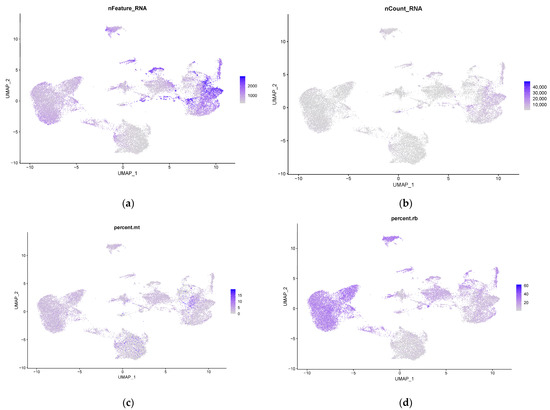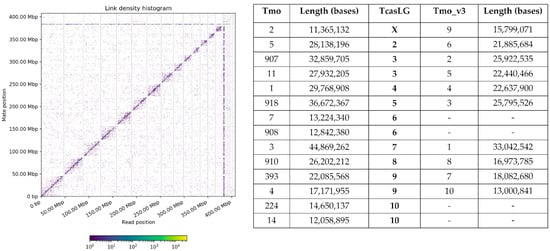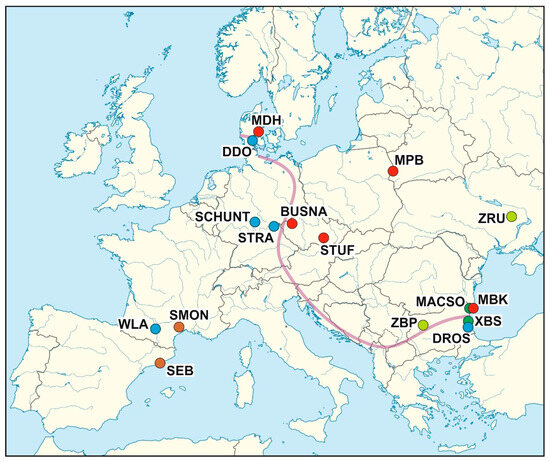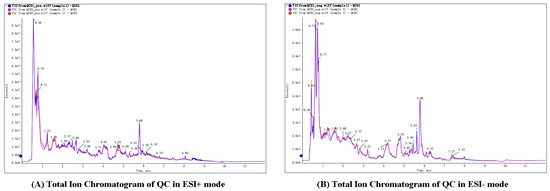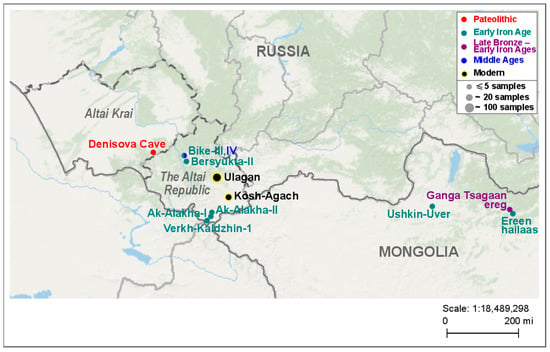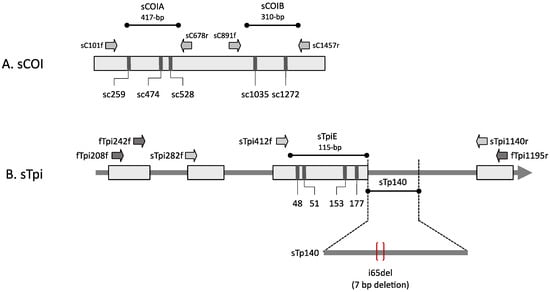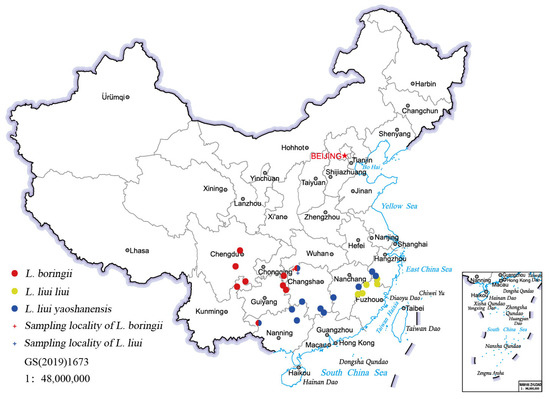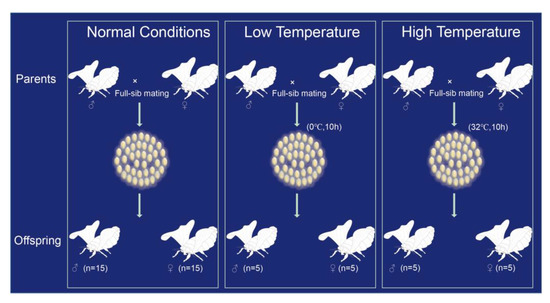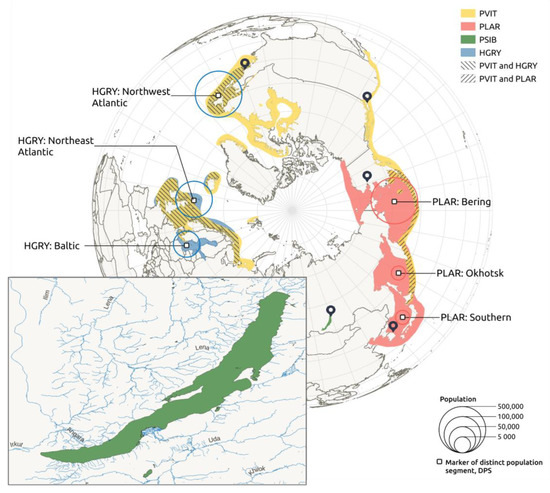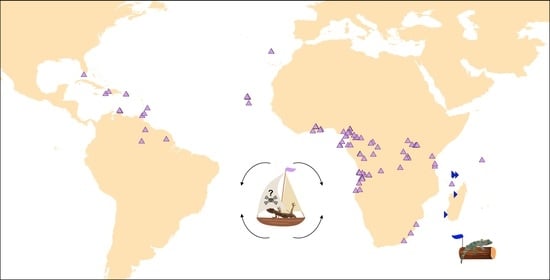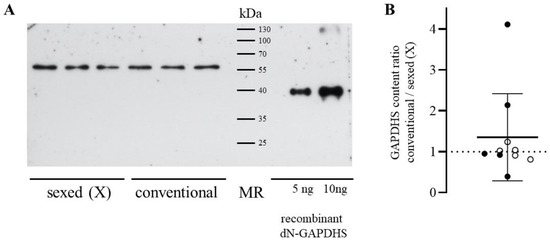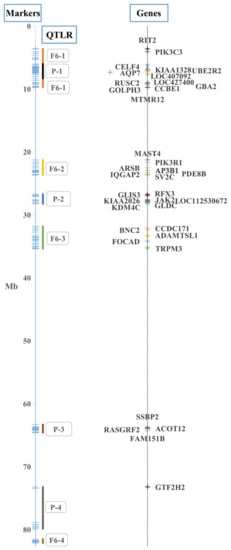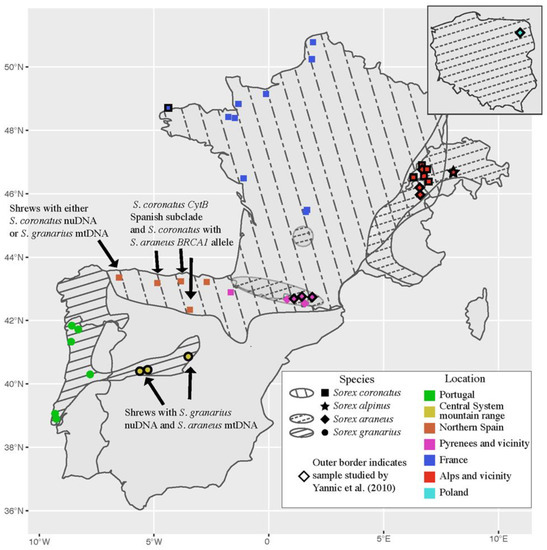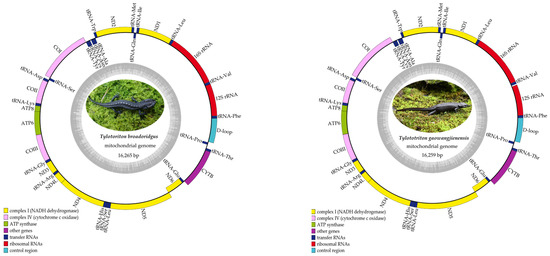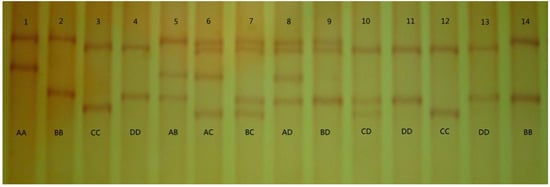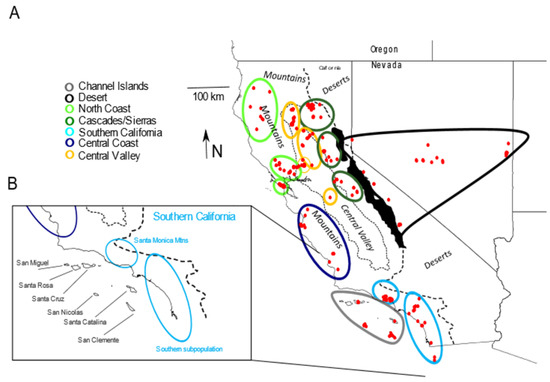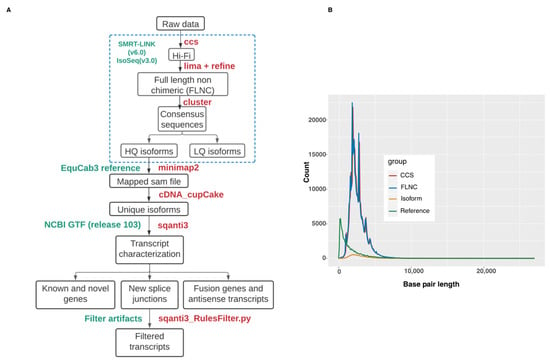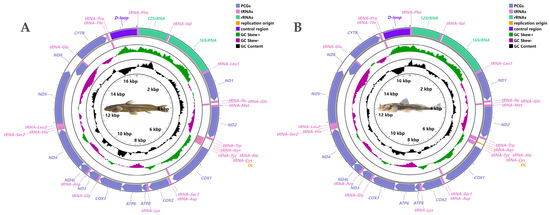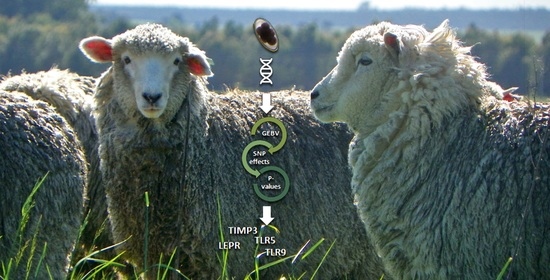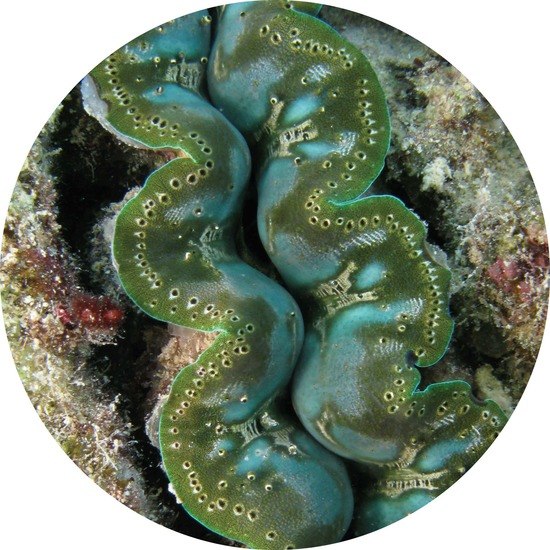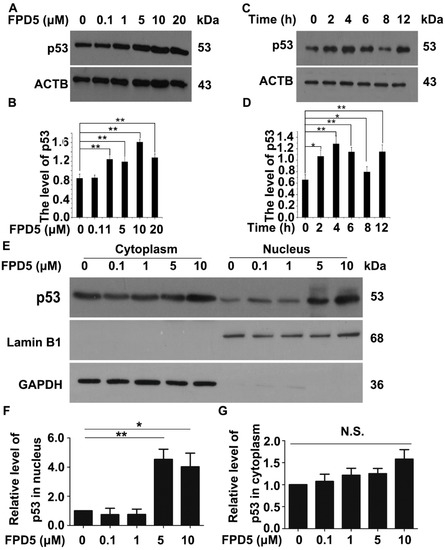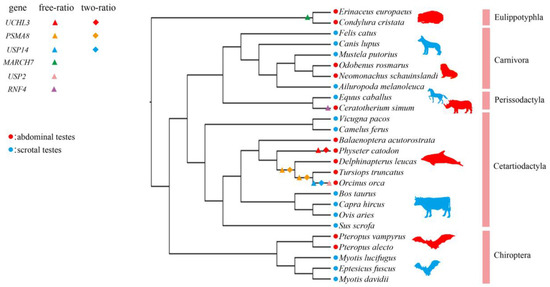Feature Papers in ‘Animal Genetics and Genomics’
A topical collection in Genes (ISSN 2073-4425). This collection belongs to the section "Animal Genetics and Genomics".
Viewed by 78099Editors
Interests: aquaculture; fish; shellfish; genetics; genomics; transcriptomic; epigenomics
Special Issues, Collections and Topics in MDPI journals
Topical Collection Information
Dear Colleagues,
This Topical Collection, “Feature Papers in ‘Animal Genetics and Genomics’”, aims to bring together high-quality review articles or research articles on all aspects of the most recent advances in interdisciplinary animal genetics fields and to share knowledge between scientists and professionals. It is dedicated to recent advances in the research area of genomics and genetic and comprises a selection of exclusive papers from the Editorial Board Members (EBMs) of the “Animal Genetics and Genomics” Section, as well as invited papers from relevant experts. We also welcome senior experts in the field to make contributions to this Topical Collection. Kindly note that all invited papers will be published online with at least a 50% discount once accepted. We aim to represent our Topical Collection as an attractive open access publishing platform for genomics and genetic research.
The topics covered in the Topical Collection include, but are not limited to:
- Applied genetics and genomics in species of economic importance;
- Companion animal genetics and genomics;
- Breeding and genetic selection;
- Genetics and genomics of aquaculture species;
- Genetics of immune response and disease resistance;
- Genome-edited animals and animal epigenetics;
- Animal population genetics, polymorphisms and genome annotation;
- Genetics applied to the interaction of microbiome and genetic traits of interest.
Dr. Antonio Figueras
Dr. Raquel Vasconcelos
Collection Editors
Manuscript Submission Information
Manuscripts should be submitted online at www.mdpi.com by registering and logging in to this website. Once you are registered, click here to go to the submission form. Manuscripts can be submitted until the deadline. All submissions that pass pre-check are peer-reviewed. Accepted papers will be published continuously in the journal (as soon as accepted) and will be listed together on the collection website. Research articles, review articles as well as short communications are invited. For planned papers, a title and short abstract (about 100 words) can be sent to the Editorial Office for announcement on this website.
Submitted manuscripts should not have been published previously, nor be under consideration for publication elsewhere (except conference proceedings papers). All manuscripts are thoroughly refereed through a single-blind peer-review process. A guide for authors and other relevant information for submission of manuscripts is available on the Instructions for Authors page. Genes is an international peer-reviewed open access monthly journal published by MDPI.
Please visit the Instructions for Authors page before submitting a manuscript. The Article Processing Charge (APC) for publication in this open access journal is 2600 CHF (Swiss Francs). Submitted papers should be well formatted and use good English. Authors may use MDPI's English editing service prior to publication or during author revisions.
Planned Papers
The below list represents only planned manuscripts. Some of these manuscripts have not been received by the Editorial Office yet. Papers submitted to MDPI journals are subject to peer-review.
Title: The Use of CDH1 Primer Sets for Identifying Molecular Sex in Birds from Different Species
Authors: Simona Marc
Affiliation: Faculty of Veterinary Medicine, University of Life Sciences “King Mihai I” from Timișoara, Calea Aradului 119, 300645 Timișoara, Romania









